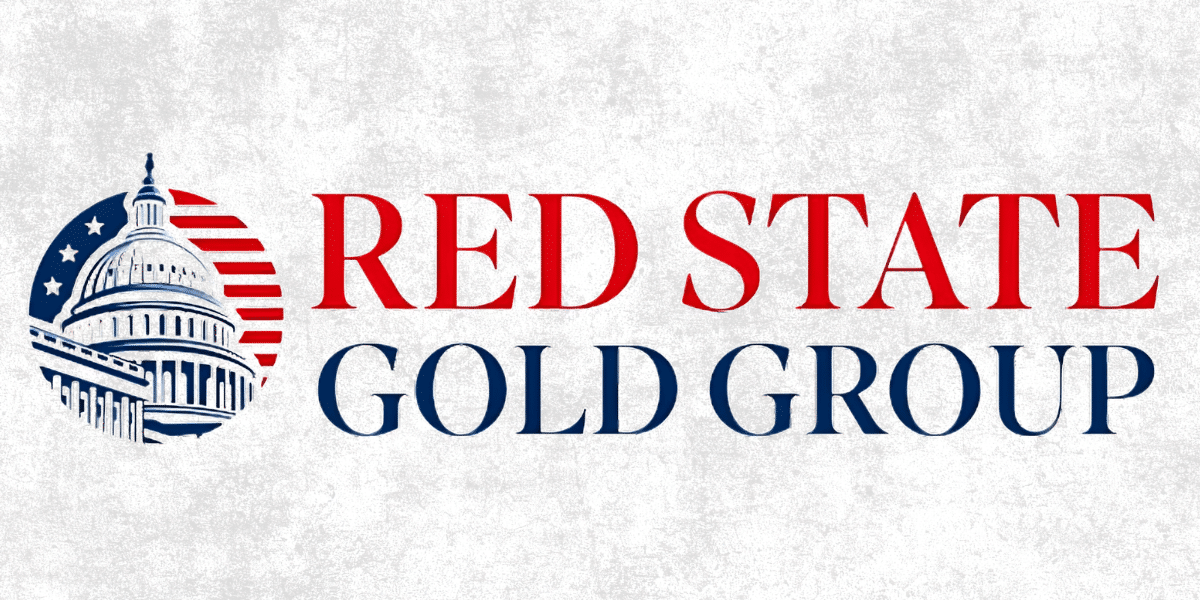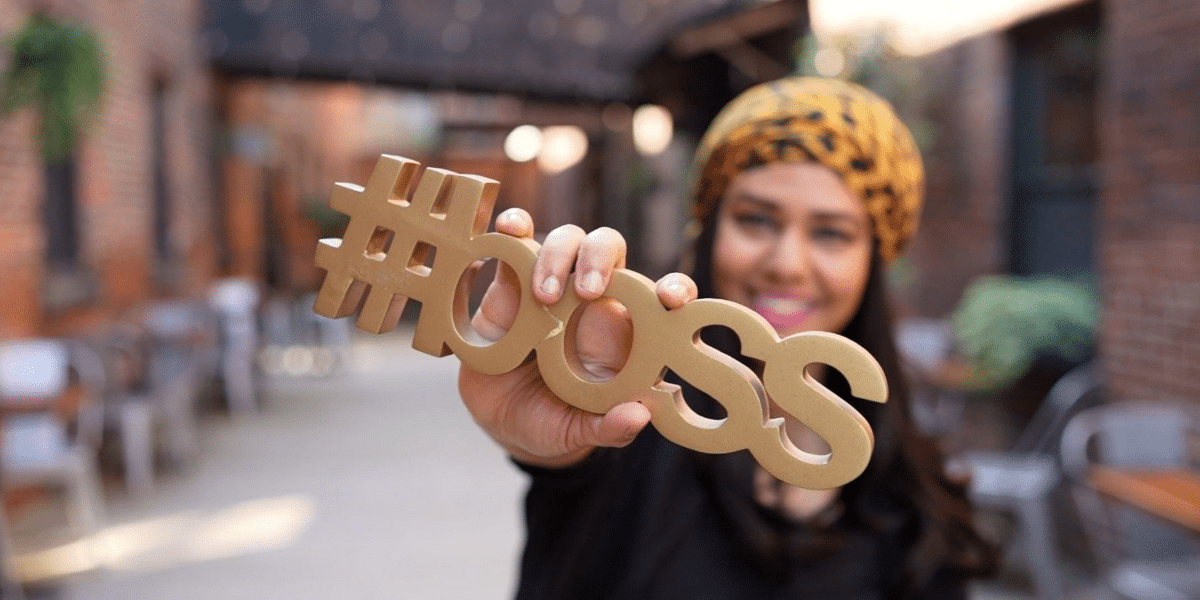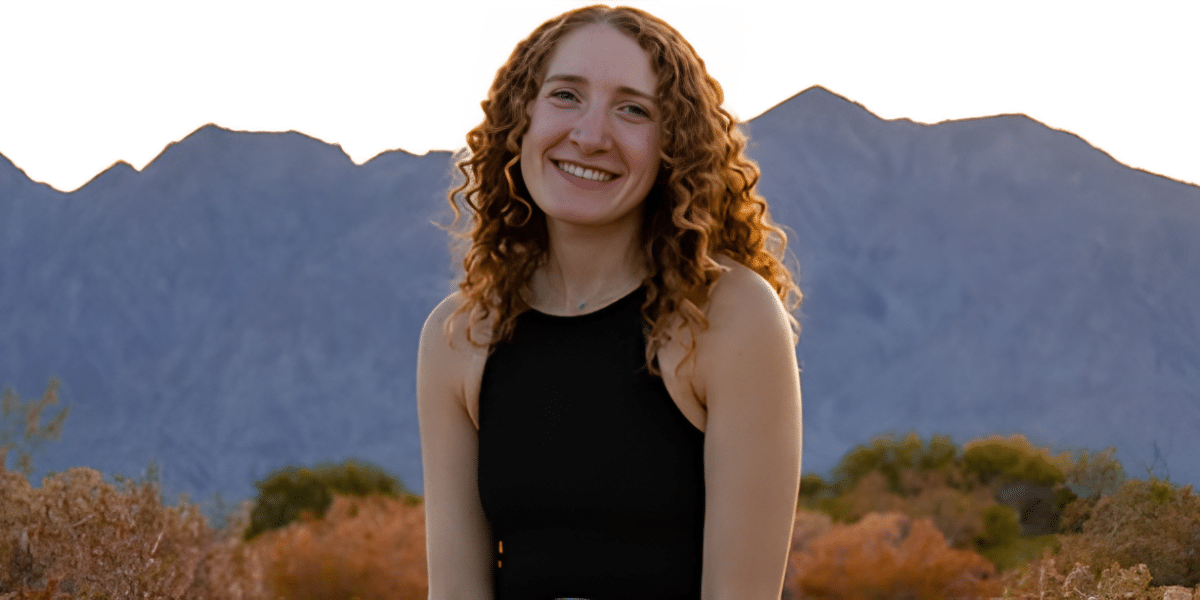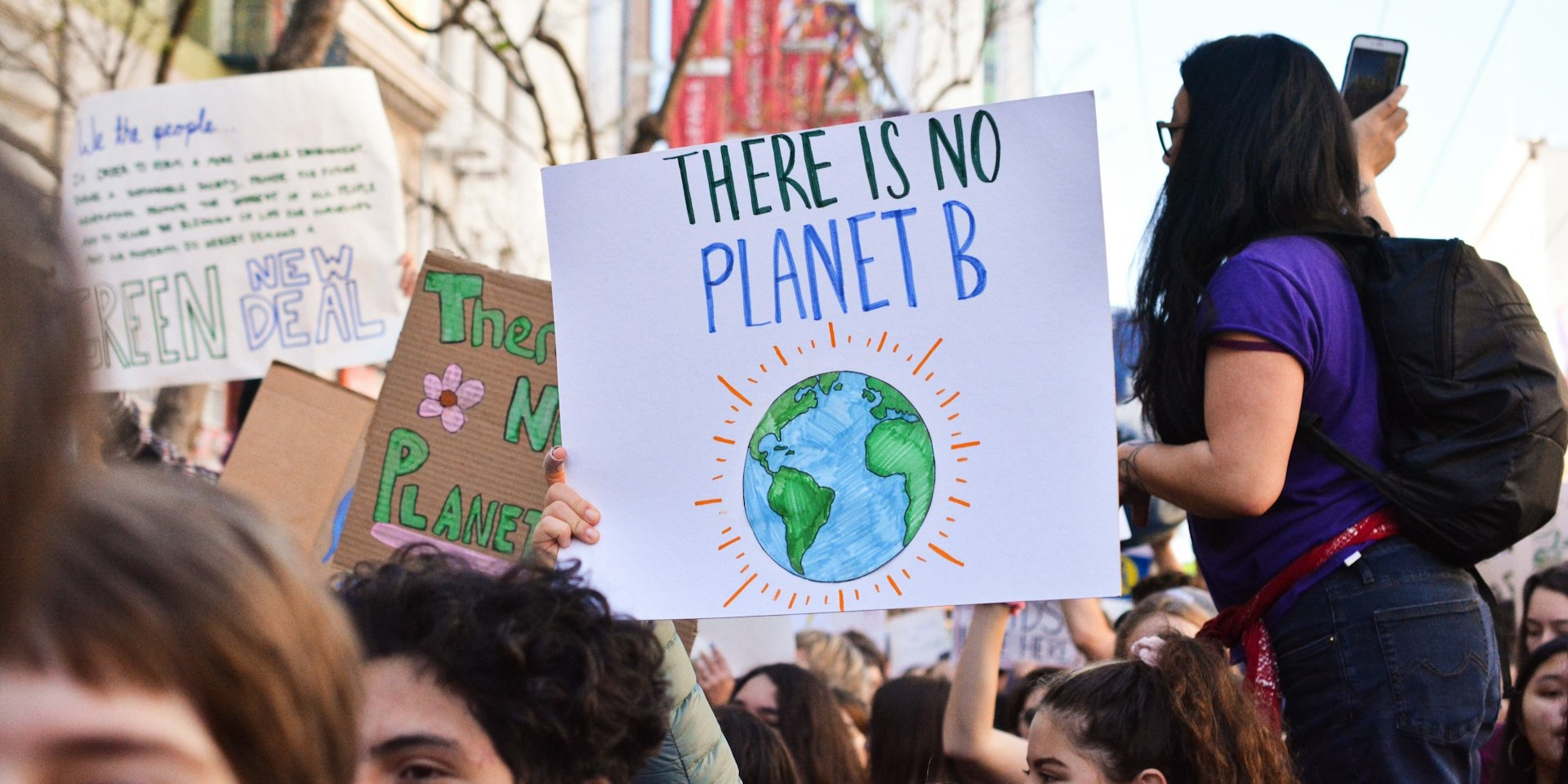Image Commercially Licensed From: Unsplash
In the ever-evolving landscape of media and entertainment, the intersection of creativity and legal rights is a critical consideration. Leila Gordon, an accomplished lawyer specializing in media and entertainment law, brings her expertise to the forefront in guiding creators, producers, and artists through the nuances of fair use and copyright infringement. With a wealth of experience in the industry, Leila is uniquely positioned to provide insights into how to strike a balance between creative expression and legal protection.
Leila Gordon emphasizes that fair use serves as a vital tool for fostering creativity and enabling a vibrant cultural exchange. Through its provisions, artists, educators, and commentators can engage with copyrighted material in a transformative manner, contributing to a rich tapestry of expression.
Understanding Fair Use
Fair use is a doctrine within copyright law that allows limited use of copyrighted material without obtaining permission from or paying royalties to the copyright holder. This exception is crucial in facilitating the exchange of ideas, fostering creativity, and enabling commentary, criticism, and transformative works. Leila Gordon emphasizes the importance of understanding the principles of fair use, as it provides a legal framework for utilizing copyrighted material in specific contexts.
It’s also advised that while fair use provides flexibility, it’s not an absolute right. Creators must carefully evaluate their use of copyrighted material in light of the four fair use factors outlined in copyright law. This scrutiny ensures that their use aligns with the intended purpose and falls within the bounds of the law.
Gaining Clarity
Navigating fair use requires a nuanced understanding of its principles. Creators must consider factors such as the purpose and character of the use, the nature of the copyrighted work, the amount and substantiality used, and the effect of the use on the market value of the original work. Creators should conduct thorough assessments to ensure their use of copyrighted material aligns with fair use principles.
It;s important to understand the significance of the first factor – the purpose and character of the use. Transformative works that add new meaning or message to the original material are more likely to be considered fair use. By emphasizing transformation, creators can navigate this factor more effectively.
Identifying Copyright Infringement
Copyright infringement occurs when a party uses, reproduces, or distributes copyrighted material without the authorization of the copyright holder. It’s crucial to distinguish between fair use and infringement, as unintentional infringement can have legal consequences. Conducting due diligence is imperative to ensure that all use of copyrighted material is within legal bounds.
Leila Gordon further highlights the significance of considering the market effect factor in fair use assessments. Creators should evaluate whether their use of copyrighted material could potentially substitute for the original work, potentially impacting its market value. This careful consideration helps steer clear of potential infringement.
Conducting Due Diligence
Before incorporating copyrighted material into a project, creators should conduct thorough research to identify the copyright holder and obtain the necessary permissions. This diligence helps safeguard against unintentional infringement. Leila Gordon recommends maintaining meticulous records of permissions and licenses obtained, providing a legal foundation for the use of copyrighted material.
In the realm of transformative works,it’s recommended to focus on the substantiality factor. This entails evaluating how much of the original work is used and whether it constitutes the core or heart of the work. By considering this factor, creators can make informed decisions about their use of copyrighted material.
Navigating the Gray Areas
While fair use and copyright infringement are distinct concepts, there are instances where the lines blur. Determining what constitutes fair use can be complex and may vary depending on jurisdiction and context. Creators should seek legal counsel when faced with ambiguous situations to ensure they are in compliance with copyright law.
Leila Gordon further recommends seeking legal advice when dealing with potential fair use disputes. As interpretations of fair use may vary, consulting with a qualified legal professional can provide valuable insights and guidance in navigating these gray areas. This proactive approach helps creators make informed decisions regarding their use of copyrighted material.
Seeking Legal Guidance
Engaging a knowledgeable entertainment lawyer is instrumental in navigating the complexities of fair use and copyright infringement. When working with a lawyer and their extensive experience in media and entertainment law, it uniquely positions them to provide expert guidance to creators. With an experienced lawyer’s expertise, creators can confidently navigate the gray areas, ensuring that their work is both creatively expressive and legally sound.
In conclusion, understanding the delicate balance between fair use and copyright infringement is crucial for creators in the media and entertainment industry. If properly advised, creators can confidently navigate the complexities of copyright law, ensuring that their work is both creatively expressive and legally sound. By implementing proactive strategies and seeking legal guidance when needed, creators can protect their rights while respecting the rights of others.






